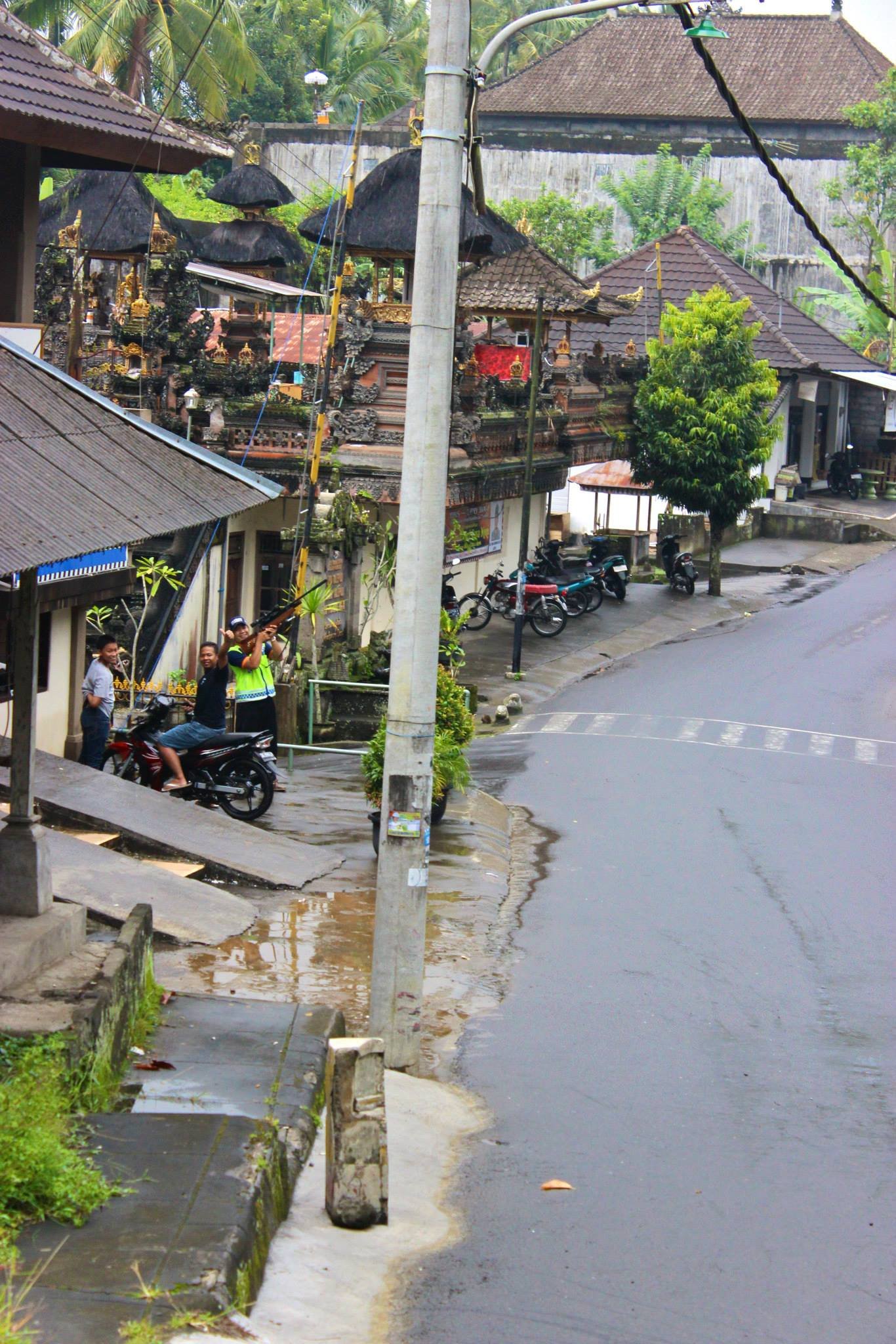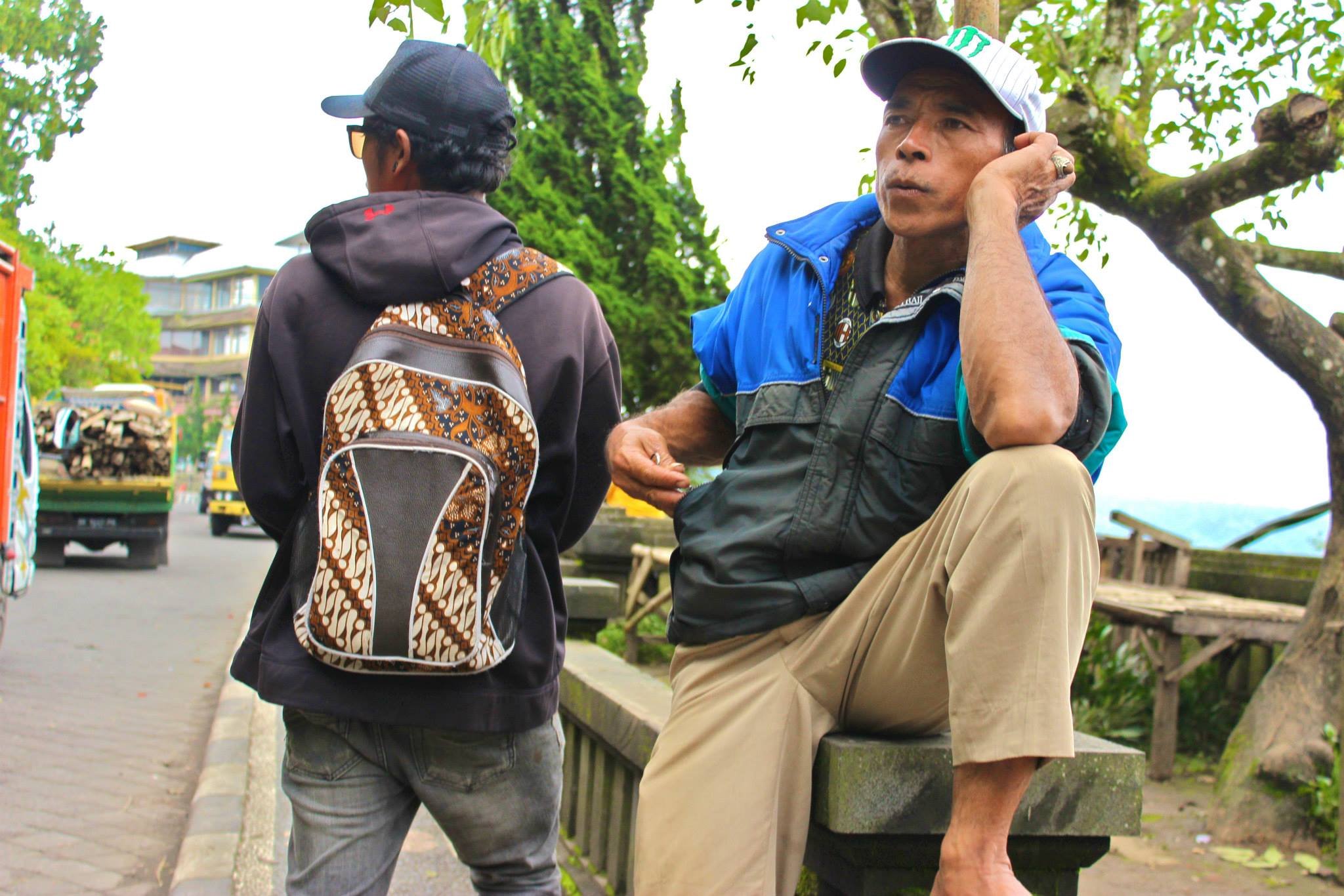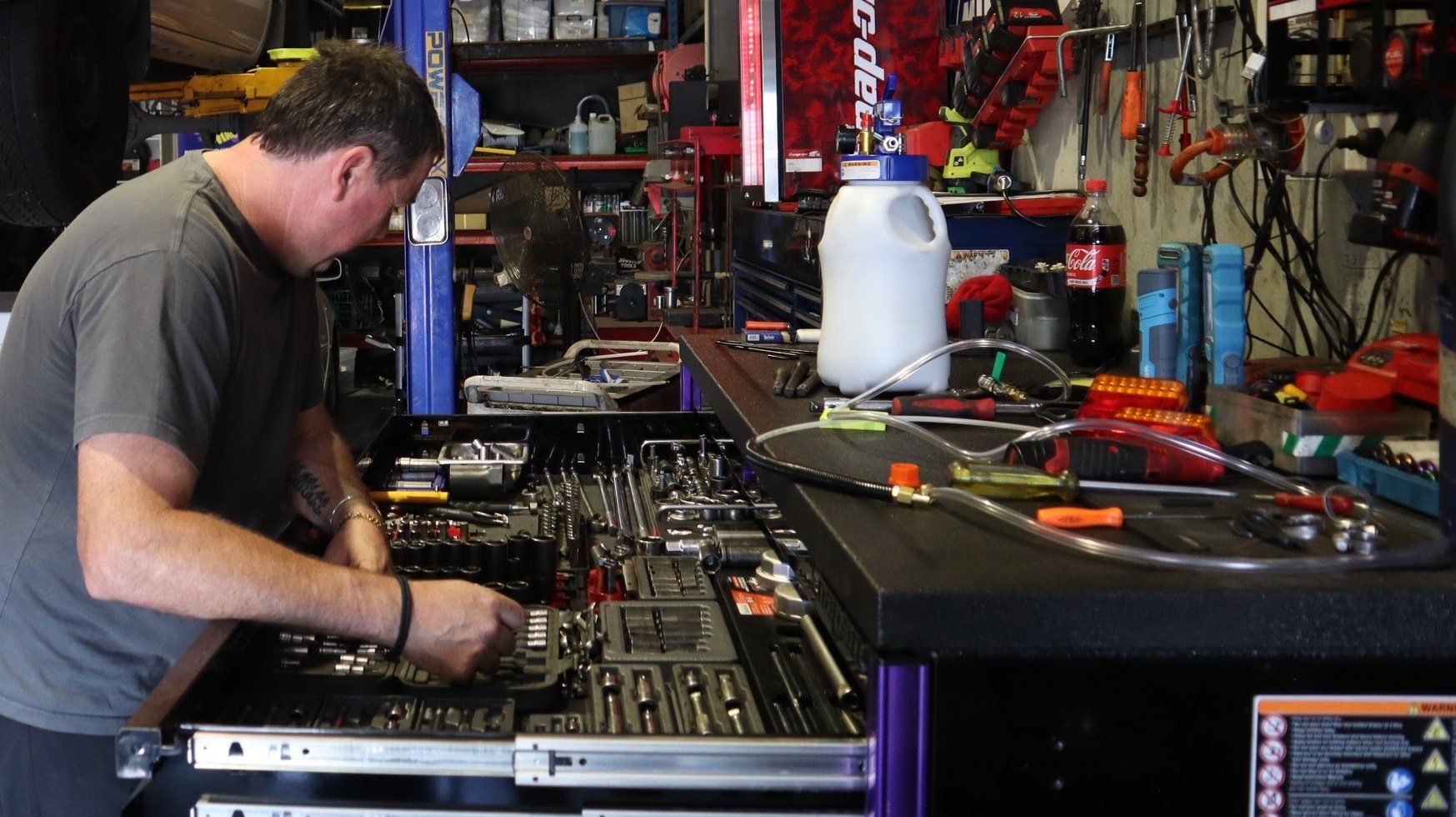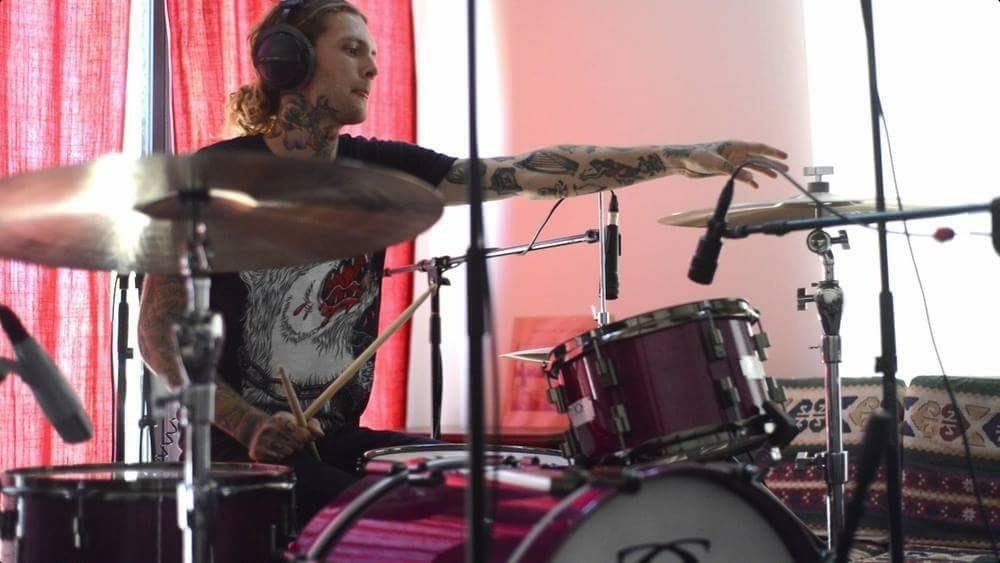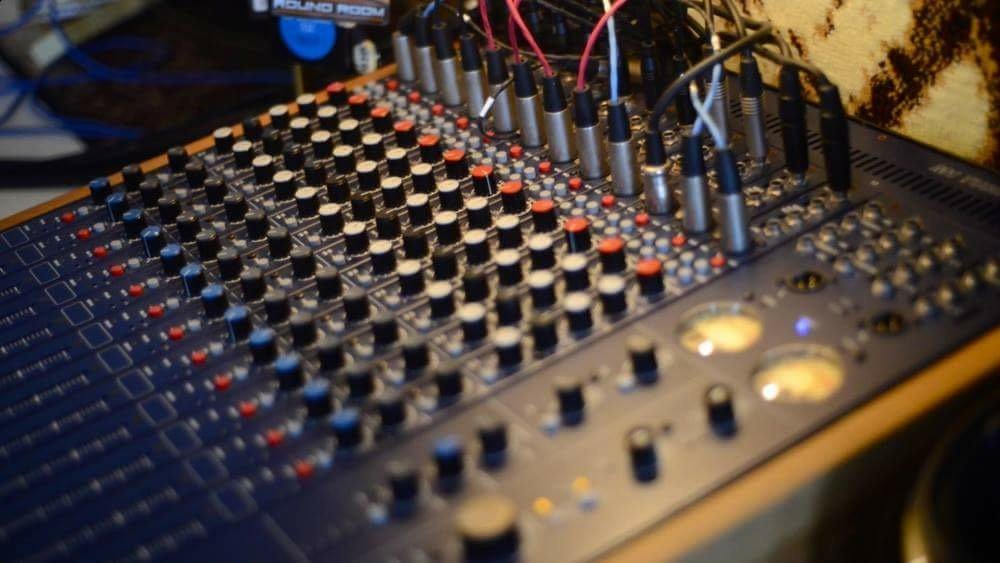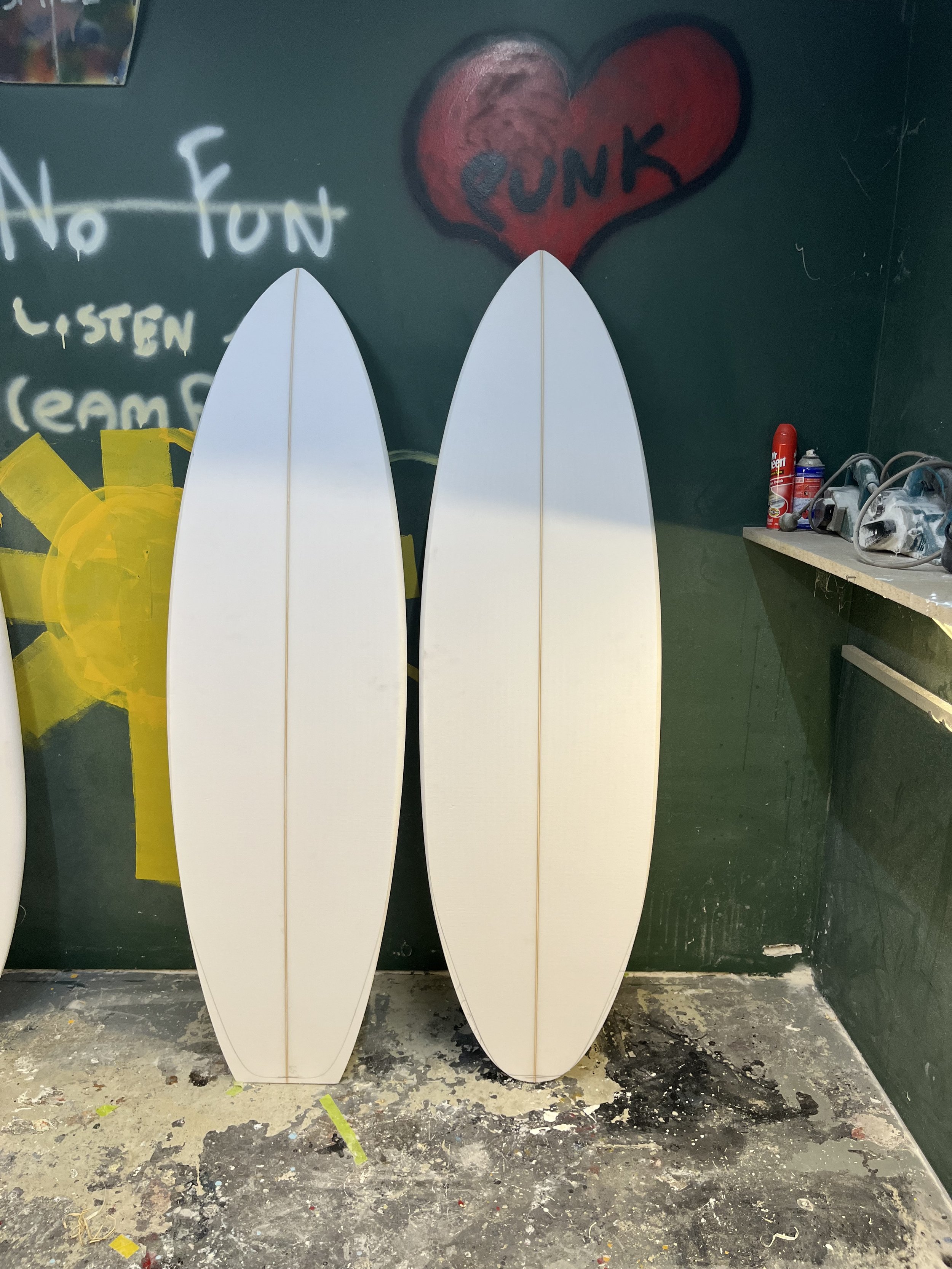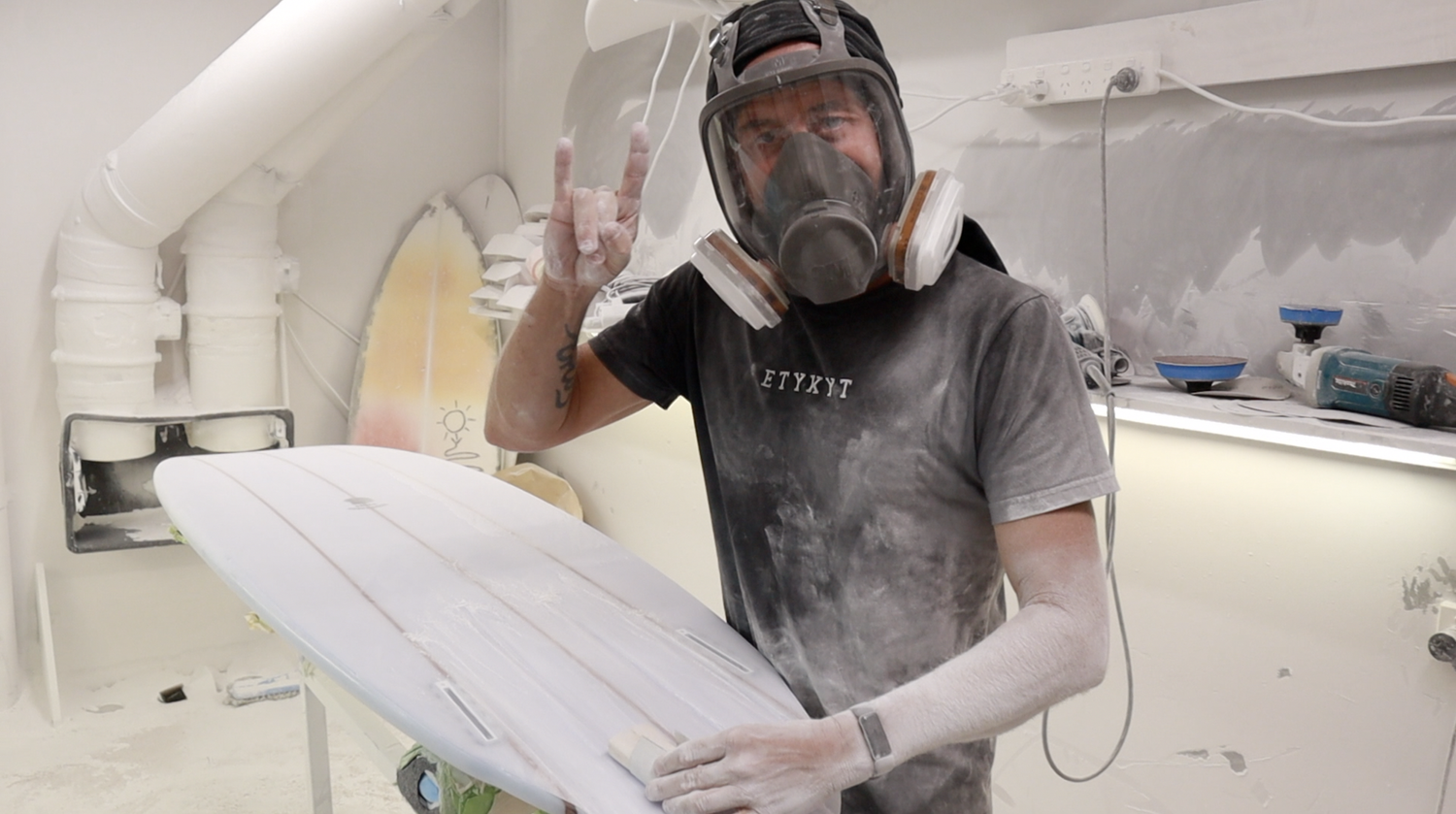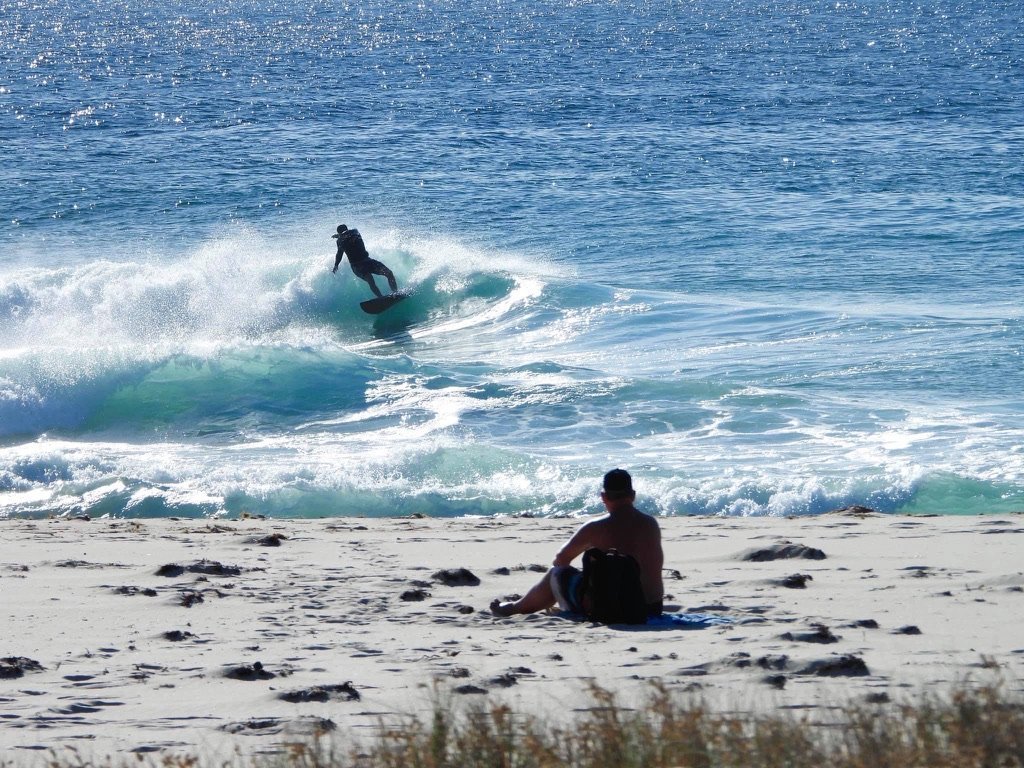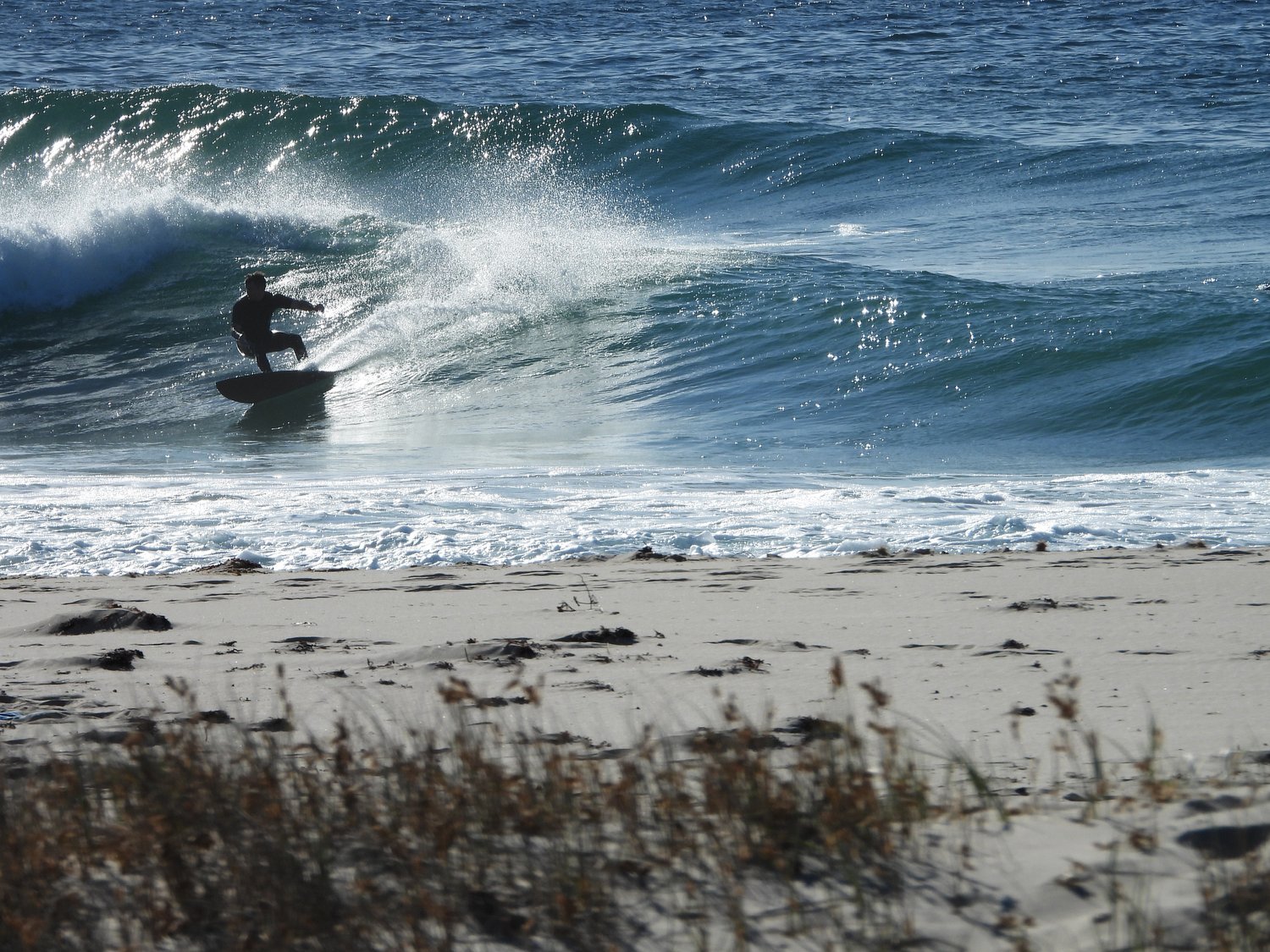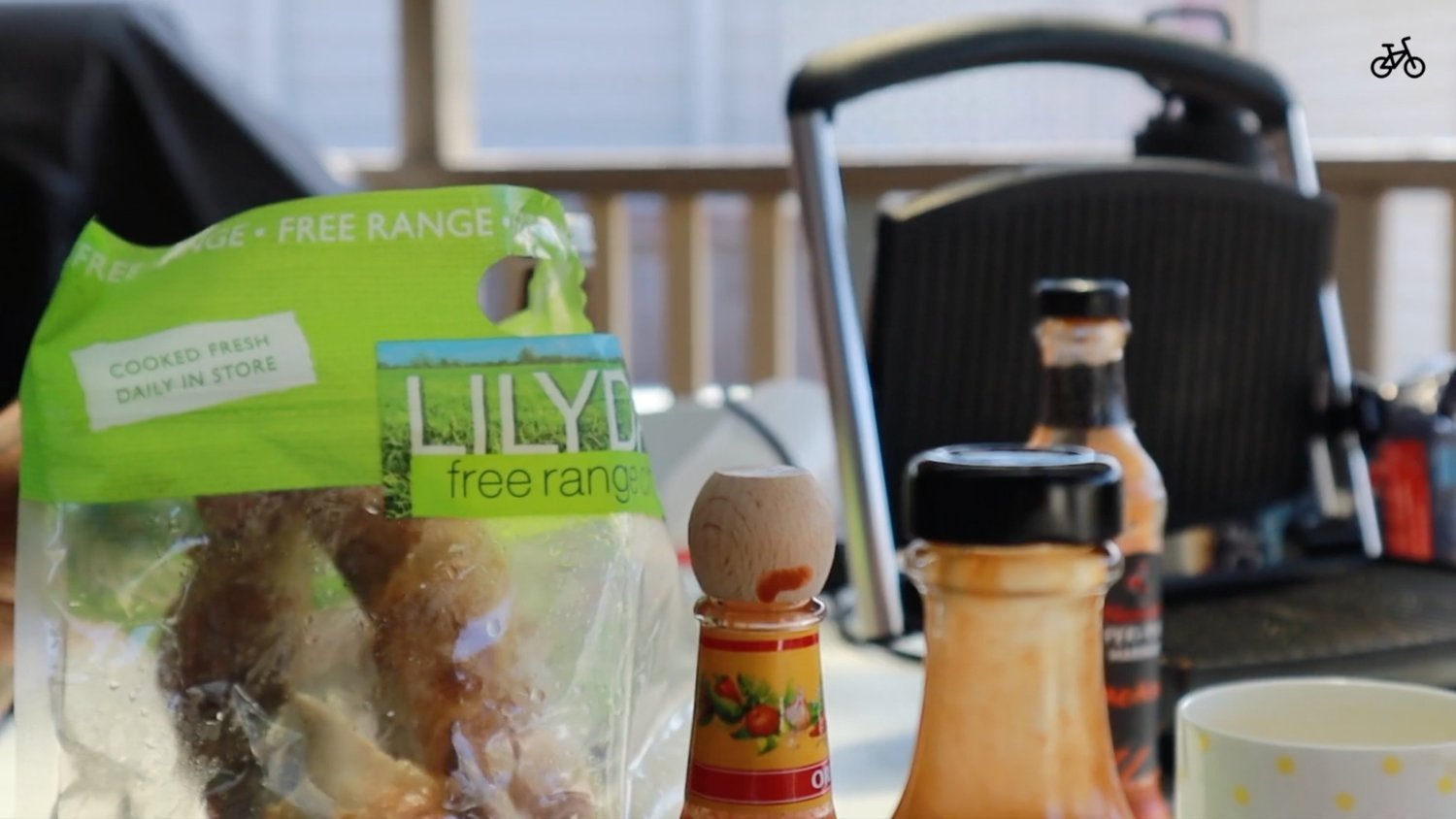At the outset of 2019;
we accepted a mission.
What were our objectives?
Forming, storming, norming, and performing by creating visually striking webpages that function across desktop, tablet, and mobile; alongside producers, photographers, videographers, and other creative professionals.
We focus on combining aesthetic design with functionality and authentic thinking to showcase our customer’s work effectively.
Comprehensive Search Engine Optimisation (SEO) enhances online visibility, via effective and affordable link building, ensuring that each website is optimised for performance and discoverability.
Our approach integrates technical expertise with a deep understanding of the unique needs of creative industries, forming solutions for a modern-day digital presence.
Learn a little more around our services we offer below; Live long and prosper. 🖖🏼
-
E-commerce (short for electronic commerce) is the buying and selling of goods and services over the internet. Instead of shopping at a physical brick and mortar store, customers may browse, select, and purchase products online — often from anywhere, at any time.
Global Reach: Businesses can now sell to customers across the world, not just in their local area.
Convenience: Shoppers may buy products 24/7 without needing to visit a store, which has shifted expectations toward faster service and easier shopping.
Lower Costs: Businesses can operate without needing expensive storefronts, sometimes reducing overall prices for consumers.
Personalisation: Online platforms use customer data to offer personalised recommendations, deals, and ads, making shopping experiences more tailored. (We don’t use cookies nor track personally identifiable data).
Technology Integration: Features like live chat and AI-driven customer support are becoming standard to enhance customer engagement.
-
Illustrators and Graphic designers use visual concepts to communicate ideas and information.
Create: visual concepts that inspire and captivate audiences.
Develop: aesthetically appealing layouts.
Use: design elements like colour, composition, typography, and imagery.
Apply: visual hierarchy and page layout techniques.
Optimise: the user experience.
-
The word Photography literally means 'drawing with light', which derives from the Greek photo, meaning light and graph, meaning to draw.
Capture images: Use natural or artificial light to take photographs of people, places, and things.
Plan and compose: Analyse and plan the composition of photographs.
Edit and enhance: Use photo-enhancing software to crop, edit, and prepare photographs digitally.
Tell stories: Use knowledge of light, composition, and perspective to create images that convey emotions or tell stories.
-
Sound design is the art and practice of crafting auditory experiences to enhance storytelling and evoke emotions in visual media. It involves creating, manipulating, and integrating audio elements like sound effects, music, and dialogue to create immersive and engaging environments for viewers or audiences.
Enhancing Storytelling: Sound design helps to bring a story to life by creating a sense of place, time, and atmosphere.
Evoking Emotions: Sound can be used to amplify emotional impact, guide the audience's feelings, and create a more engaging experience.
Creating Immersive Environments: Sound design can make a scene feel more realistic, adding depth and texture to the audio landscape.
Technical Aspects: Sound designers work with a range of audio elements, including recording, editing, mixing, and processing sounds.
Dialogue: Ensuring clarity and accuracy of spoken words.
Sound Effects (SFX): Creating realistic or stylised sounds for various actions and events.
Foley: Recreating sounds in a studio to enhance realism (e.g., footsteps, rustling clothes).
Music: Composing or selecting music to set the mood, enhance emotions, and build tension.
Ambience: Creating a realistic or stylised background soundscape.
Voice-Over: Using a narrator's voice to provide context or narration.
-
A videographer captures, edits, and produces videos for a variety of customers and purposes.
They use their technical skills and creativity to tell visual stories and/or report fact.Camera operation: Set up shots, operate cameras, and adjust lighting and sound.
Planning: Work with customers to determine project goals, scout locations, and create storyboards.
Editing: Use software like Final Cut & Adobe to edit footage and finish products.
Post-production: Assist with tasks like film and sound editing.
Collaboration: Work with customers, creative directors, and other creatives.















